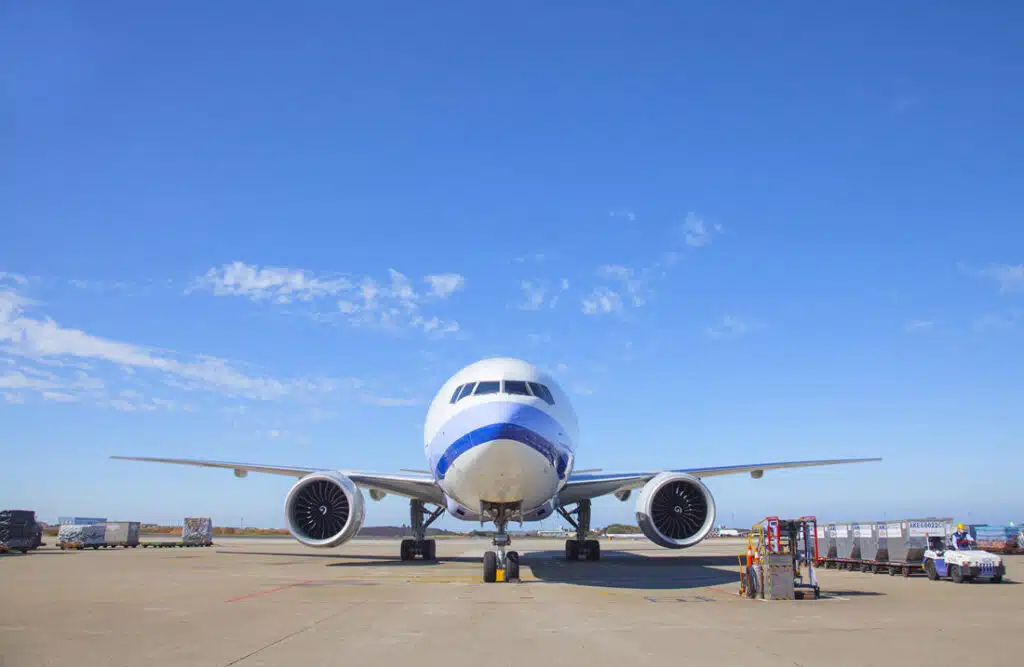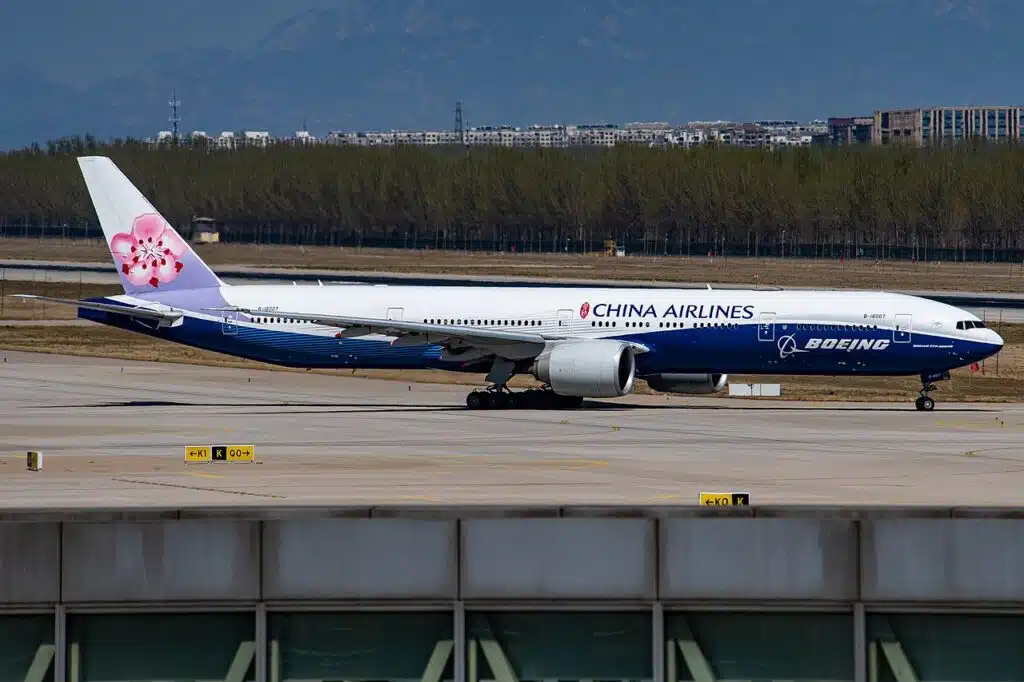China Airlines Boeing 777F hit 826 MPH over the Pacific Ocean
- A China Airlines Boeing 777 had a top speed of 826mph
- The plane managed to hit speeds faster than the speed of sound
- The flight time was more than an hour shorter than the average
Published on Jun 20, 2024 at 11:36 AM (UTC+4)
by Claire Reid
Last updated on Jun 20, 2024 at 12:54 PM (UTC+4)
Edited by
Amelia Jean Hershman-Jones
A Boeing 777F hit a top speed of 1,329 km/h (826 mph) as it flew over the Pacific Ocean.
The China Airlines flight from Taipei to Los Angeles in January of this year traveled faster than the speed of sound for part of its journey.
The journey took 10 hours and 18 minutes – shaving more than an hour of its usual flight time.
READ MORE! British Airways 747 set new record with London to New York flight in 5 hours in 2020
The top speed of the Boeing 777F was faster than the speed of sound

According to data from Flightradar24, the Boeing 777F took off from Taoyuan International Airport at 8.47 pm, and touched down at Los Angeles International Airport at 3.05 pm.
That gives the 11,595-kilometer (7,205-mile) journey an average flight speed of over 1,126 km/h (700 mph).
For context, NASA says in ‘sea-level standard conditions’, the speed of sound is 1,224 km/h (761 mph).
However, although the Boeing 777F hit a ground speed greater than the speed of sound, it didn’t break the sound barrier.
That’s because in the air it was still traveling at its ordinary cruise speed – it’s just that the air surrounding it was also moving very fast.
The China Airlines flight managed to accomplish such an impressive time thanks to a boost from the weather.
What caused the plane to move so fast?
The Boeing was propelled by exceptionally strong tailwinds in the Pacific jet stream, which had been moving at more than 402 km/h (250 mph) due to the El Niño climate pattern.

These stronger-than-usual winds meant that any planes traveling eastbound over the Pacific Ocean would have likely experienced faster-than-usual flight times.
Similarly, in October of last year, an American Airlines Boeing 777 flying from New York’s JFK airport to London Heathrow cut almost an hour off its flight time due to weather conditions.
The transatlantic flight took just six hours and seven minutes and hit a top speed of 1,252 km/h (778 mph).
A similar phenomenon occurreed on a commercial Virgin Atlantic flight from Washington to London earlier this year – and the footage from inside the cabin was wild.
According to the Meteorological Office, the jet stream is a ‘core of strong winds around five to seven miles above the Earth’s surface, blowing from west to east’.
Speaking in November, CNN meteorologist Sara Tonks explained: “This week’s burst of cold air in the United States has upped the difference in temperature between the United States (cold!) and the Atlantic Ocean (warm!).
“This increase in the temperature gradient is amplifying the speed of the jet stream, which is driven by temperature differences.”
However, it’s not nearly as fast as the top secret fastest plane ever SR-72 ‘Son of Blackbird’ capable of 4000mph speeds.
DISCOVER SBX CARS: The global premium car auction platform powered by Supercar Blondie

Claire Reid is a journalist who hails from the UK but is now living in New Zealand. She began her career after graduating with a degree in Journalism from Liverpool John Moore’s University and has more than a decade of experience, writing for both local newspapers and national news sites. Across her career she's covered a wide variety of topics, including celebrity, cryptocurrency, politics, true crime and just about everything in between.




